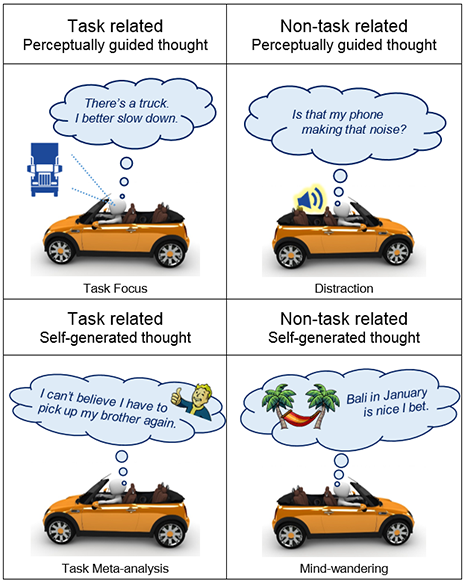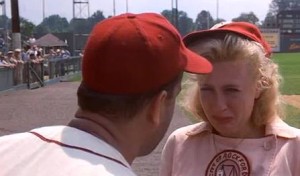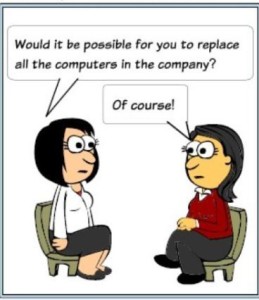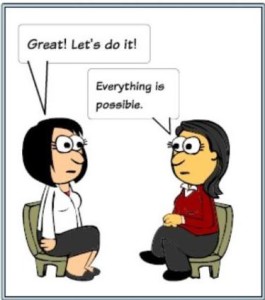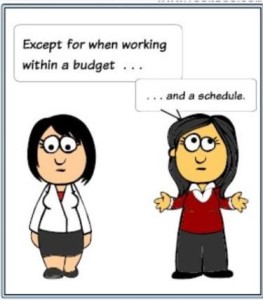A pleasant surprise at an auto body shop? No, I wouldn’t have guessed that either. Usually it means a serious and possibly expensive repair is needed, and it can be daunting.
For a few months, my car had been growing rust blisters in the right front fender. I lamented fixing it because I was told the body panel would likely need to be replaced rather than patched. Sounded expensive. Periodically I’d check how much the rust patch had grown and it was getting noticeably bigger and more quickly. Finally, one morning before heading off for work, I poked at the paint bubble to see what would happen. My finger busted the bubble and went right through the fender. Great; now I had a two-inch hole in my car; I could ignore this no longer.
I researched nearby body shops, including a cost-effective one used by my dealership. I didn’t want to spend a lot of time on this so decided to visit two. The first was a general purpose auto service shop that used to be an Oldsmobile dealership. I parked out front and tried to find someone who could look at my fender and give me an estimate. Well, it wasn’t quite that simple.
The first person I talked to told me to park my car around the other side of the building, walk into the door on that side and check in at that counter. (Apparently I needed to position my car in a more convenient place. Moving my car would shorten the walk by a minute. Annoying, but I followed instructions.) I walked into that other door.
Ten minutes later, a person at the counter freed up, acknowledged me, took my name, and invited me to wait in the next room; someone would be assigned to me. I waited for about 10 minutes for the assigned person. We walked out to my car. He took a look at the rust hole, and felt around it. I asked if patching was possible. He gave me an explanation that amounted to “no”. Then we walked back to the waiting area, and he asked me to wait for him to prepare an official estimate. I settled in again in the waiting area.
Ten minutes later, he returned with a neatly typed proposal, with his business card affixed. It offered a few bullets of work items and a $971 bottom line. I asked how long he’d need my car, expecting 3 days. He said he’d need it 5 days. Five days? I asked if there’s any way to make that shorter. Nope, he said. I thanked him and left.
I was bummed; this was turning into a more painful and costly ordeal than I expected. But now I just wanted to get this chapter behind me.
So I looked up the directions to the place suggested by my dealership. It was a couple towns away in what turned out to be a warehouse. As a front door was not apparent, I walked toward the nearest driveway. A door next to a garage was unmarked, but looked like a good target. So I entered and looked for humanity.
Off to the right of the entryway was a desk, a chair and a person who saw me, walked over and offered his hand. I explained my purpose. With few words, he led me back outside and I pointed out my car. He looked at my fender for about 30 seconds, placed a call on his cell phone and three minutes later, he said it would cost $500. I asked how long he’d need the car. He said two days. I was really surprised – his price was about half that of the first shop, he’d do it in less than half the time, and I learned this five minutes after stepping onto his property. (By contrast, the other shop had drained about 45 minutes from my life.) I accepted.
To top it off, they started the work two days later, it was ready when promised, and the result looked great to my eyes. Yes, I really was delighted.
Looking back, it seemed that the first shop organized their work to make each step easier, but at the cost of more waiting time. The second shop took a direct path to the step I valued – getting an estimate. The second came off as the more professional, efficient operation.

